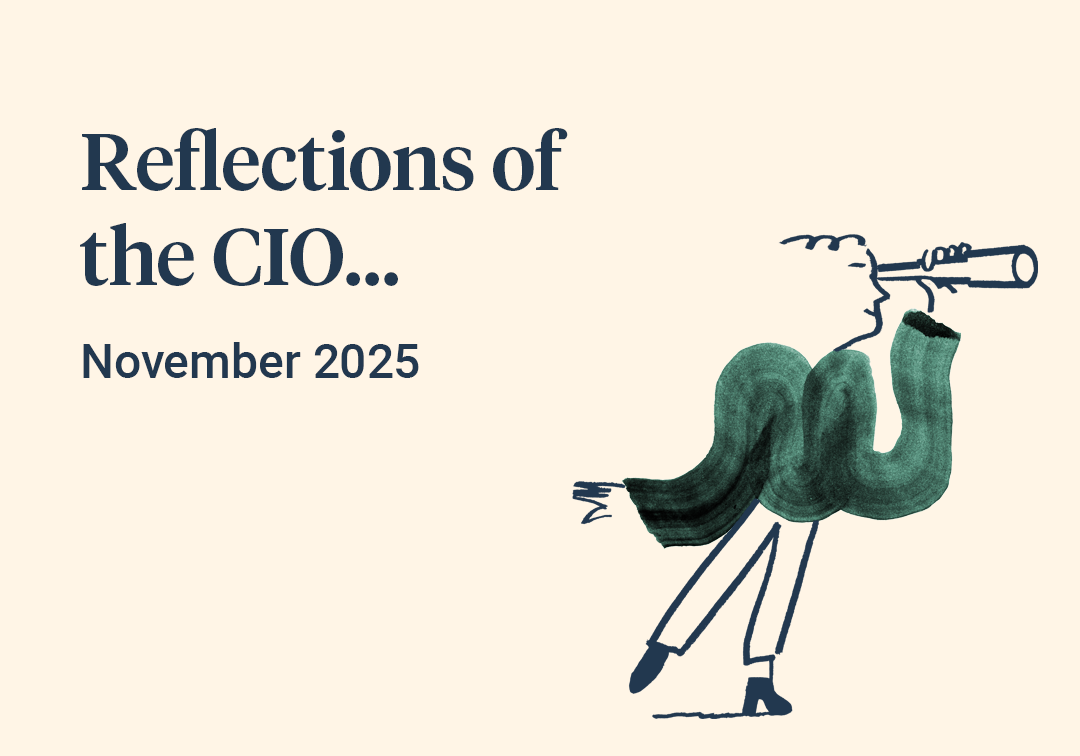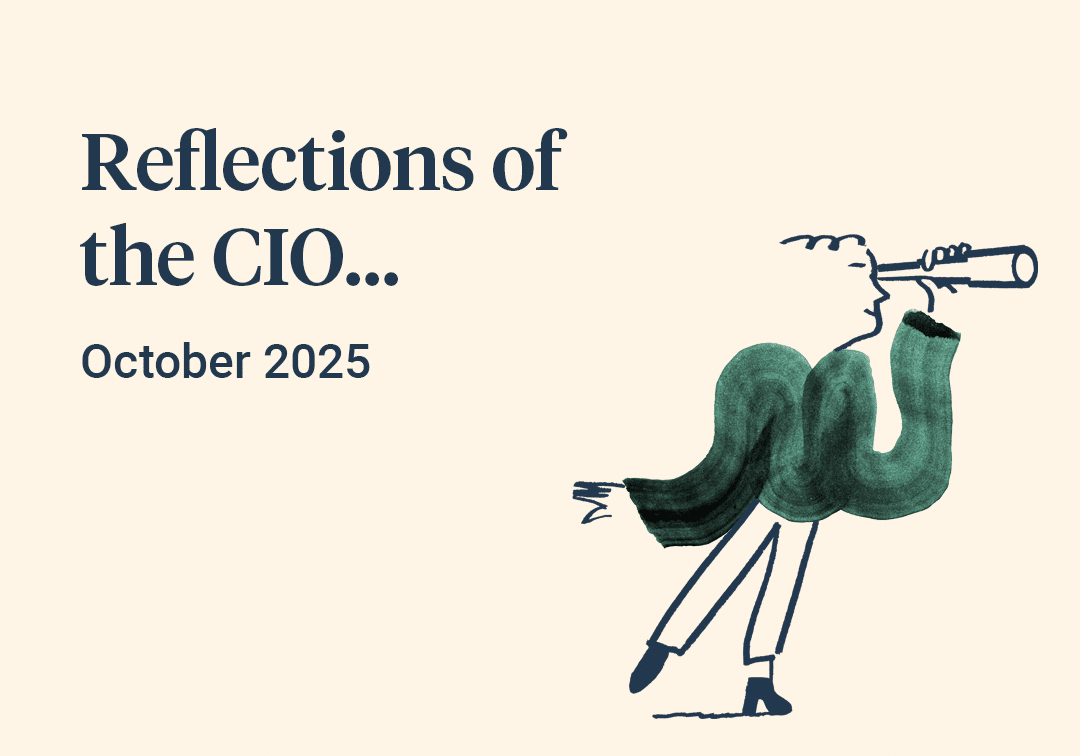February was a month characterised by a general reversal in investor sentiment and market prices. This change in direction was very broadly based, simultaneous across assets and global in nature. It wasn’t a huge reversal, with markets very roughly giving back half their January gains, but it was impactful nonetheless, leaving your investment team with the general impression that markets are currently meandering within trading ranges, awaiting the arrival of a more definitive trend to coalesce around.
The catalysts for the reversal again hinged around short term data releases in relation to inflation and growth. In January a modest undershoot of US inflation (6.5% actual versus 6.7% expected) helped accelerate a rally and then in February a modest overshoot of US inflation (6.4% actual versus 6.3% expected) helped catalyse a fall. That such small margins for error, in difficult to forecast variables, have such an impact is a neat illustration of our current, very fickle investment climate.
February was also the month during which bond markets, particularly in the USA, began to pay more attention to what Central Banks have been saying about interest rates needing to be ‘higher for longer’. They promptly began to sell off as the realization dawned that perhaps too much optimism over inflation had been factored in too quickly. This readjustment was quick, aggressive and doesn’t yet feel that it has finished.
The fact that other asset markets didn’t fall too aggressively whilst bond prices were dropping sharply, in a strange way could be taken as a positive. There is clearly some resilience in risk assets as they take account of a growth picture that is not as bad as feared several months ago. A resilient consumer in the West and a reopening Chinese economy are combining to underpin a modest ‘risk on’ sentiment. Although February is ‘one step back’ in this narrative, the preceding months have been more akin to ‘two steps forward’.



